Gartner Magic Quadrant For SD-WAN: Forcepoint Joins The Fray
The 2022 report saw the addition of security software specialist Forcepoint, while Riverbed and Fat Pipe fell off. Here are the SD-WAN vendors that made the cut.

Name Change
Gartner’s four-year-old Magic Quadrant For WAN Edge Infrastructure report has a new, simplified name this year: The Magic Quadrant for SD-WAN.
But what hasn’t changed was this year’s six quadrant Leaders that all held on to their top positions. Cisco, a Leader last year and Challenger in 2019, retained its seat on this year’s quadrant. The security players also secured top spots on the report, while standalone SD-WAN-turned-SASE specialist Versa once again held onto its Leader title.
The first Magic Quadrant for WAN Edge Infrastructure published in 2018 included 20 providers, while this year’s report listed 14 as the market consolidates. Joining the quadrant this year was Forcepoint, which landed in the Niche Players quadrant. Left off this year’s report compared to last years were two former Niche Players: Riverbed and Fat Pipe, for failure to meet the inclusion criteria for adoption and failure to meet the inclusion criteria for the market momentum index defined by Gartner for this Magic Quadrant, respectively.
Gartner said that by 2025, 50 percent of new SD-WAN purchases will be part of a single-vendor secure access service edge (SASE) offering, which will be a substantial bump up from 10 percent in 2022. By 2026, 30 percent of new SD-WAN procurements will be in some form of network as a service (NaaS) -- a major increase from near 0 percent in 2022, according to Gartner.
The 2022 report saw a maturing and mainstream SD-WAN market with both large, established vendors and smaller providers. Here’s who made this year’s Magic Quadrant for SD-WAN.
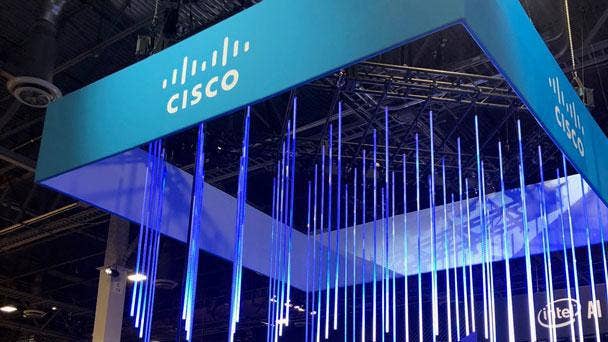
Leader: Cisco
Cisco rang in its fourth year in the Leader quadrant on this year’s report with its offerings that include Cisco SD-WAN powered by Viptela and Cisco SD-WAN powered by Meraki. The platforms are separate and provide SD-WAN appliances with optional integrated security feature sets, as well as required management and orchestration, with the option to supplement security via Umbrella Secure Internet Gateway. Gartner pointed to its massive global channel as one reason for the tech giant’s success with an estimated 43,000 plus SD-WAN customers of all sizes and verticals.
Gartner listed as potential cautions that the company’s Viptela and Meraki SD-WAN platforms are still separate offerings with limited integration, which could limit investment protection. Gartner expects Cisco will continue to invest in its industry-leading SASE offering with the addition of new consumption models, visibility and predictive insights for cloud traffic, as well as functionality to optimize SaaS and multi-cloud traffic.

Leader: Fortinet
A leader in this year‘s Magic Quadrant once again, Fortinet’s FortiGate Secure SD-WAN product includes FortiGate appliances and virtual appliances with broad on-premises and cloud-based security functions managed with the FortiManager Orchestrator. The company has an estimated 19,000 SD-WAN customers of all sizes and verticals globally.
The offering’s strengths lie in its integrated security approach and innovative roadmap. Additionally, Fortinet offers multiple purchasing options, including its consumption-based solution FortiTrust that allows customers to scale security services up or down, independent of hardware. However, Gartner said that large global clients continue to question Fortinet’s ability to meet complex enterprise networking requirements.
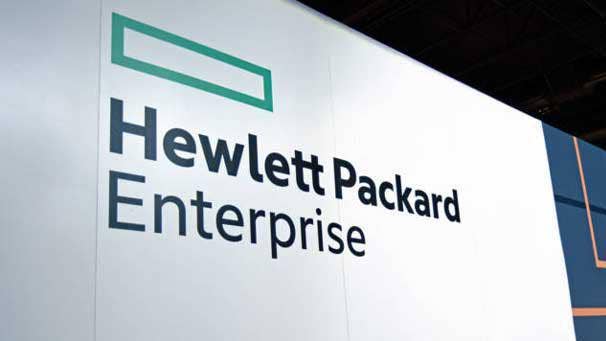
Leader: Hewlett Packard Enterprise (HPE) Aruba
Hewlett Packard Enterprise (Aruba) is a Leader in this Magic Quadrant once again after moving up from the visionary quadrant thanks to its Silver Peak buy in 2020. HPE’s SD-WAN offerings include Aruba EdgeConnect Enterprise built on Silver Peak technology and Aruba EdgeConnect SD-Branch, which provide physical and virtual appliances, and the requisite management and orchestration. Both products are managed through the Aruba Central ESP orchestration platform.
Gartner estimates that it has nearly 4,000 SD-WAN customers, a smaller number compared to some of its competition in the Leader quadrant. Gartner also said the company doesn’t have a plan to deliver native SSE functionality, which will reduce its relevance in the market. HPE (Aruba) is expected to continue investing in security enhancements to its broader SD-branch offering and to inject more AI and 5G support while further integrating Aruba EdgeConnect into HPE GreenLake.

Leader: Palo Alto Networks
Palo Alto Networks is a Leader in this Magic Quadrant for the second time in a row following its 2020 acquisition of SD-WAN startup CloudGenix for $420 million. The company’s leading offering -- Prisma SD-WAN -- includes Instant-On Network (ION) edge appliances and orchestration, part of its Prisma SASE offering.
Gartner estimates the company has more than 2,500 SD-WAN global enterprise customers of all verticals and sizes. Palo Alto is winning in the industry thanks to its strong focus on single-vendor SASE and third-party integrations with SSE vendors, which will align with most customer needs going forward, Gartner said. The company’s gaps include the lack of a solid SD-WAN solution integrated with on-premises security. Palo Alto’s sales execution is also below average, which Gartner attributes to high pricing.
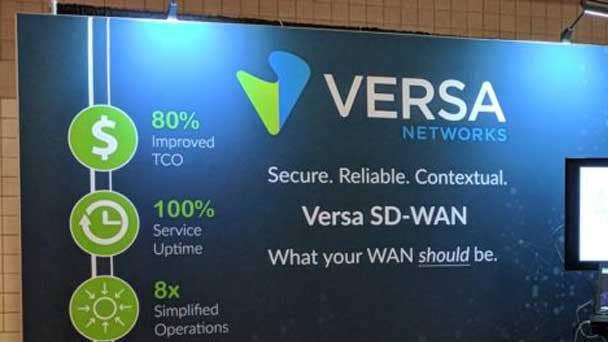
Leader: Versa Networks
A Leader quadrant mainstay for the last three years and Visionary before that, standalone SD-WAN specialist Versa Networks has avoided acquisition and comes to the market with its unique take that involves combining SD-WAN with other branch networking functions, including routing and security. The company has two offerings: the full-featured Versa Operating System (VOS) which can be delivered on the Cloud Services Gateway (CSG) or with third-party hardware. The second offering is VOS with Titan, which is built on the same platform but delivered as a cloud-based solution for lean IT organizations.
Gartner said in this year‘s report that Versa Networks offers one of the broadest and most capable solutions in this market for both networking and security functions. As a downside, Versa’s solution is one of the more complicated offerings in the Magic Quadrant, which could pose a challenge for some DIY enterprises to manage themselves, Gartner noted. It is estimated that the company has more than 19,000 SD-WAN customers.
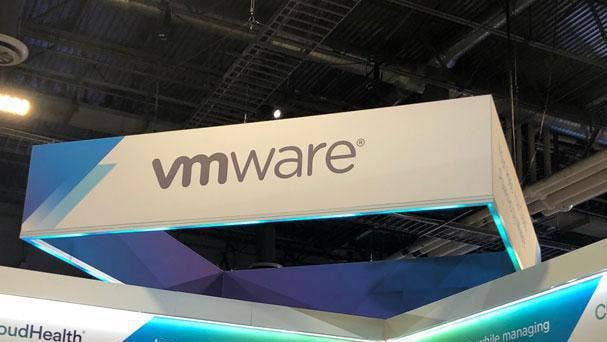
Leader: VMware
A Leader for all five years of the report, the company’s offering is branded as VMware SD-WAN, which includes edge appliances, optional gateway points of presence (POPs) and a cloud-based orchestrator. VMware also offers optional SASE cloud security capabilities, of which VMware SD-WAN is a part.
VMware has a strong roadmap of planned product capabilities, which align with emerging customer requirements, including single-vendor SASE, service insertion in edge POPs and remote worker offerings. Gartner warned that VMware relies on its Menlo Security acquisition to deliver multiple cloud security functions, which could limit its ability to respond to customer requirements around SASE. Gartner estimates that it has more than 17,000 SD-WAN customers.
Broadcom announced its intention to acquire VMware in May 2022, which could change the company’s ability to be included for future Magic Quadrant SD-WAN reports. Customers have expressed concerns over potential price hikes due to the impending deal, Gartner said.
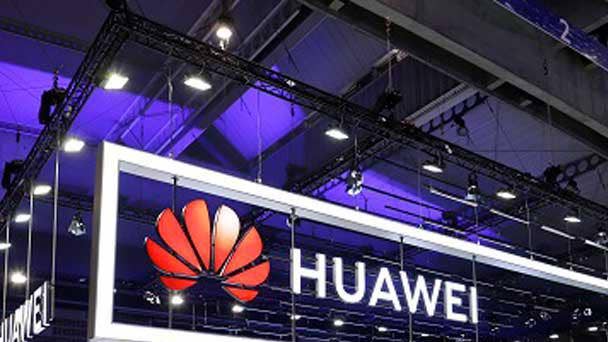
Challenger: Huawei
The only Challenger in this year‘s report, Huawei remains in the Quadrant with its NetEngine AR series physical and virtual routers, HiSecEngine USG series gateways and the iMaster NCE Orchestrator. The Shenzhen, China-based telecom and networking heavyweight has experience and proven scale with extremely large deployments, as well as a strong channel ecosystem. The company is estimated to have more than 25,000 SD-WAN customers in China specifically and selective countries in the Asia/Pacific, EMEA and Latin American regions.
Huawei has good financial viability compared to its competitors in the SD-WAN space and as such, its pricing is often lower compared with other vendors in the Magic Quadrant, which is attractive for cost-conscious organizations. The cons are that Huawei has been slow to address cloud and third-party integrations and the company doesn’t meaningfully address organizations in the U.S., Canadian, U.K., Australian and Indian markets due to geopolitical issues, Gartner said.
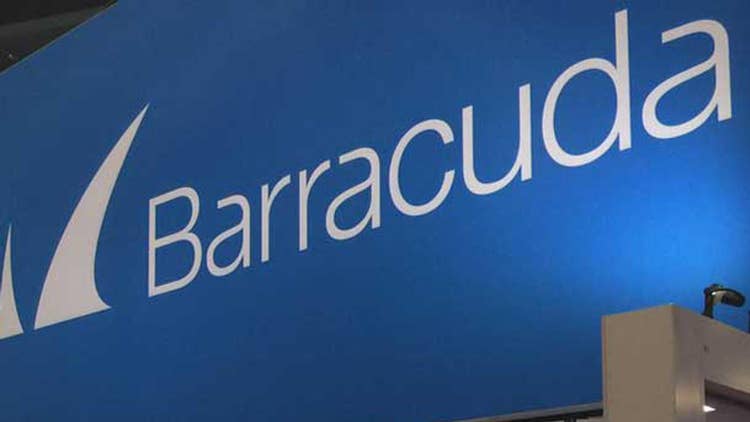
Niche Player: Barracuda Networks
Barracuda is a Niche Player in this year’s Magic Quadrant once again. The company comes to market with two SD-WAN products, CloudGen Firewall and CloudGen WAN, with hardware appliances and software with orchestration and management. Gartner estimates that the company has more than 11,000 SD-WAN customers and it primarily operates in North America and Europe, the Middle East and Africa (EMEA), typically targeting smaller customers and selected verticals with it competitively priced offerings, according to Gartner.
Barracuda lacks integration with security service edge vendors, which could be limiting for some end customers, Gartner warned. Private equity firm KKR completed its acquisition of Barracuda in August 2022, which Gartner said could impact the company in later reports.

Niche Player: Citrix
Citrix landed in the Niche Player Quadrant this year after spending the last couple of years in the Challenger quadrant. It‘s product, Citrix SD-WAN, includes physical and virtual appliances, and Cloud Direct service managed via the Citrix SD-WAN Orchestrator. The company is estimated to have more than 1,700 SD-WAN customers and Citrix was one of the early vendors to enter the SD-WAN market. Since then, it’s consistently delivered new features, such as cloud integrations.
Based on client feedback, Citrix’s commitment to the SD-WAN market is in question. The company also has a limited go to market strategy, according to Gartner. The research firm also added that Citrix did not respond to requests for supplemental information or to review the draft contents of this year’s Magic Quadrant.
Affiliates of Vista Equity Partners announced their intention to acquire Citrix in January 2022, which could change the company‘s ability to be included for future Magic Quadrant SD-WAN reports.

Niche Player: Cradlepoint
Once again in the Niche Player quadrant, the Boise, Idaho-based company has deep knowledge of the wireless networking, 4G and 5G markets and offers its Cradlepoint NetCloud service, E Series of SD-WAN routers and NetCloud Exchange Service Gateways. Cradlepoint has carved out a niche in traditional cellular wireless verticals, such as retail, transportation, and public safety.
The company, now a part of Ericsson who bought Cradlepoint in November 2020 for $1.1 billion, has approximately 10,000 WAN edge customers and a high customer experience score, according to Gartner. Gartner warns that the company has limited market visibility and doesn’t align well with customer use cases in which cellular wireless is not the driver of their WAN requirements.
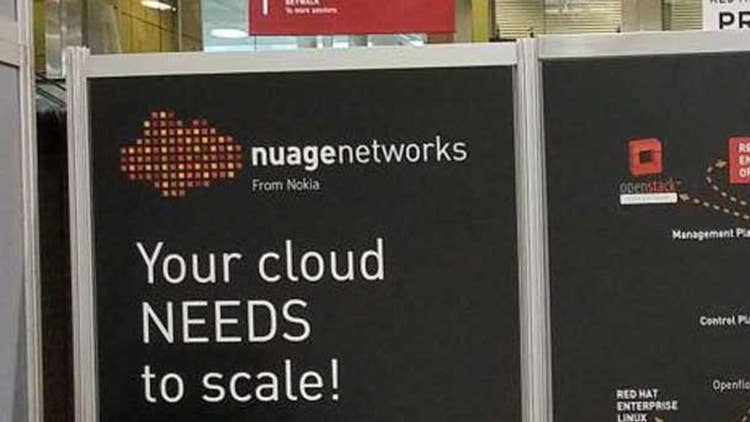
Niche Player: Nuage Networks
Sitting squarely in the Niche Player quadrant once again is Nuage Networks, which is owned by Nokia. The company had an early start in the SD-WAN market with its offering, Virtualized Network Services (VNS), which includes Network Services Gateways (NSG) and corresponding software. Gartner estimates that it has more than 3,500 enterprise WAN edge customers and the company operates mostly through carrier channels.
The Mountain View, Calif.-based company has an above average customer experience score, according to Gartner, but is mostly focused on service provider customers and is demonstrating that it will have limited innovation and third-party integrations going forward, which could impact its ability to attract new enterprise customers.
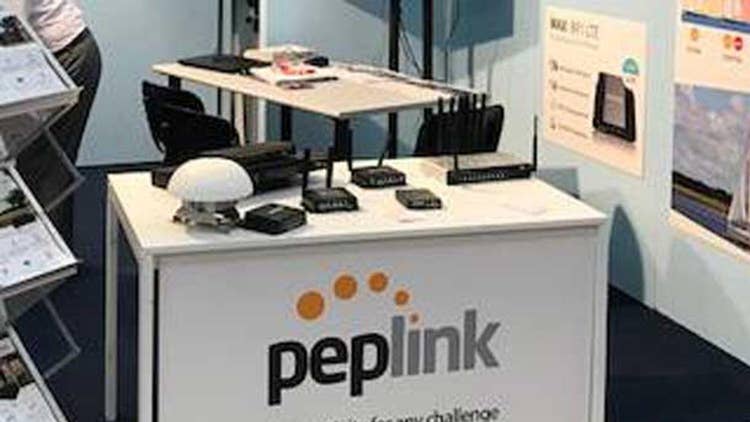
Niche Player: Peplink
Peplink, a small, Hong Kong-based vendor that caters to SMBs, once again finds itself in the Niche Player quadrant again thanks to its two offerings: Balance for enterprise branch SD-WAN and MAX for Industry and mobility SD-WAN. Both solutions include SpeedFusion software technology and InControl 2 orchestration for management.
A lower-cost solution backed by a financially healthy company, Peplink has strong capabilities targeted at wireless WAN use cases where cellular is the key component for the enterprise buyer, Gartner said. The company is also focused on growing geographically. However, Peplink has been slow to address cloud integrations needed to create a strong SASE strategy that meets clients’ current and future enterprise requirements, Gartner warned.
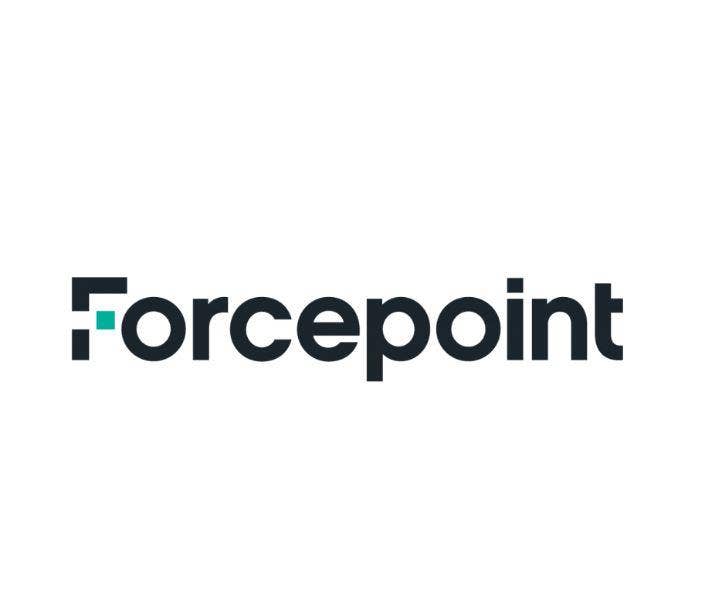
Niche Player: Forcepoint
Magic Quadrant newcomer Forcepoint comes to the market with its FlexEdge Secure SD-WAN physical or virtual appliance with FlexEdge Secure SD-WAN Manager, and optional integrated next-generation firewall (NGFW) and optional Forcepoint ONE security. The company focuses on retail, banking, healthcare and government verticals in North America and Gartner estimates that it has more than 2,000 SD-WAN customers.
Texas-based Forcepoint offers has a broad set of security capabilities for customers that want to integrate SD-WAN and security into a common solution, Gartner said. Still, the company has low SD-WAN market visibility and limited demonstrated scalability, according to Gartner.
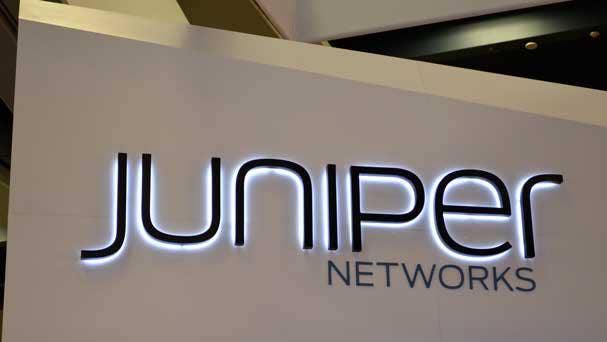
Visionary: Juniper Networks
Singularly holding down the Visionary category once again is Juniper Networks. The Sunnyvale, Calif.-based provider was late to the SD-WAN market, but in December 2020, acquired 128 Technology for $450 million, which is now the company’s flagship SD-WAN product.
Juniper comes to the market with its Juniper AI-driven SD-WAN, which includes Session Smart Routers, Session Smart Conductor and Mist WAN Assurance, with Marvis Virtual Network Assistant. It also offers the SRX solution for specific use cases. The company is offering SSE capabilities to deliver SASE as part of its Secure Edge offering. Gartner is estimated to have more than 1,900 WAN edge customers.
Juniper has low SD-WAN market visibility thanks to its late start and limited cloud security integrations right now, which can introduce complexity for some organizations, Gartner warns.